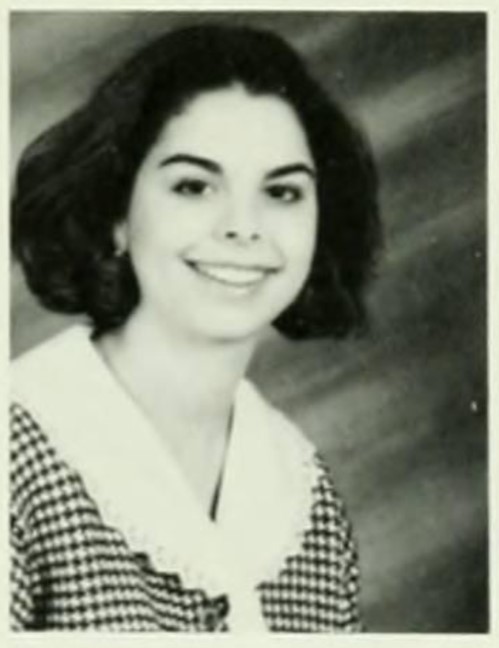Originally from Atlanta, GA, Samantha Ewing C’23 is an English major and Communication Studies minor. She transferred to Davidson in 2020 after spending her freshman year at the University of Georgia. On campus, she is Vice President of SGA, Co Editor-in-Chief of Libertas Magazine, Treasurer of Student Against Sexual Violence (SASV), and a Senior Staff Writer for The Davidsonian.
As the treasurer of SASV for the 2021-2022 academic year, I have become immersed in the fight against rape culture as it plagues college campuses. I would imagine that sexual assault has been prevalent at Davidson since the institution began admitting women in 1972. Yet, it seems that 1990 was the year students began to reckon with the issue as “Rape Awareness Holds Campus Forum” details the founding of the Rape Concerns Committee.

Encountering this piece in the Davidsonian was disturbing, as it illuminates the history of victim blaming at Davidson. According to the article, the committee showed a film as a part of a forum to increase rape awareness on campus. However, Frances Morton (C’93) describes the film as a narrative fixating on how women can avoid rape, rather than addressing the actions of perpetrators.


Women are advised “not to prop open doors,” to “avoid isolated areas and walking alone,” and to “avoid mixed signals.” Each of these instructions frame rape as a consequence for women failing to prevent it, rather than the fault of the rapist; it seems that the committee was not bringing awareness to the issue of rape, but rather, was conditioning women to learn how to avoid it. I was astounded to find such rhetoric from a female student, especially as she was discussing the actions of an organization purposed to combat sexual assault. Additionally, I was shocked to see the word “co-eds” used to refer to female students. Even 20 years after women began to be admitted, they were demarcated into a separate category from the male students, indicating perpetuated division and exclusion.
The language in this article provides insight into what it must have been like to be a woman on campus in the 1990s. The burden of protection placed on female students is much clearer, as I can now grasp how the community perceived and addressed rape: purely a women’s issue. I can empathize with the trepidation that must have accompanied women, knowing that if they were assaulted, they were the ones that would be held accountable. Being a female student at Davidson in 1991 entailed being othered not just as a student, but as a human being.























